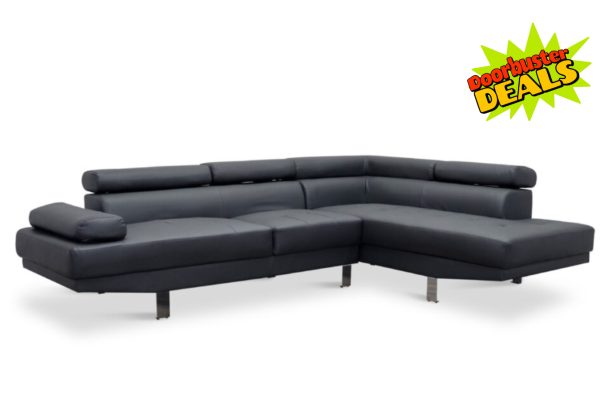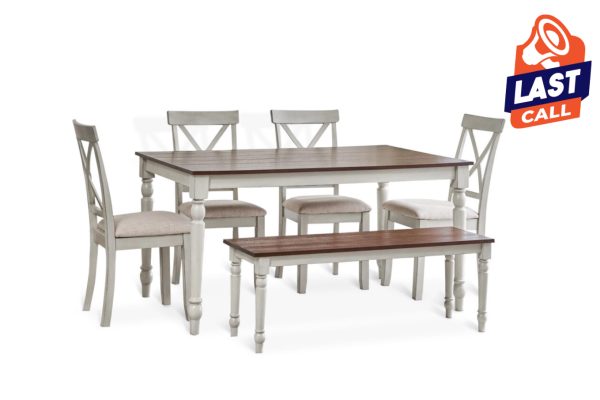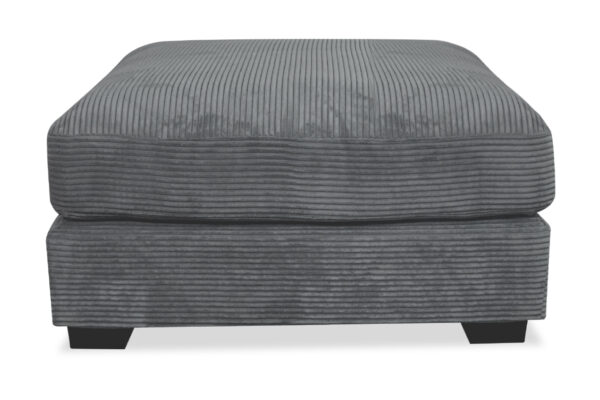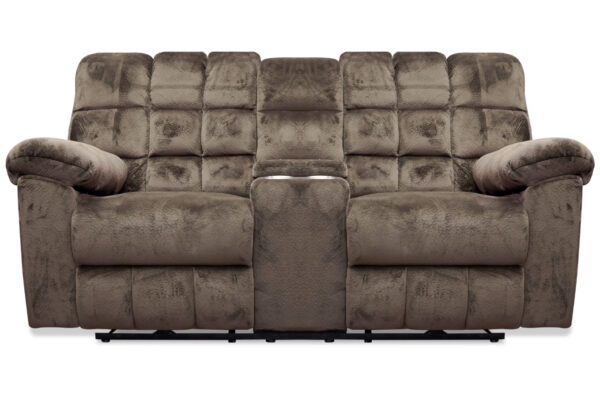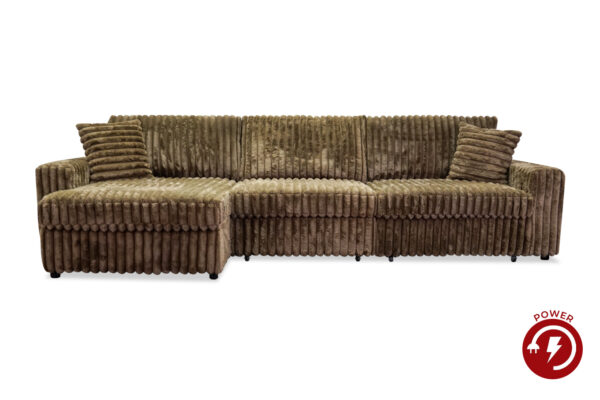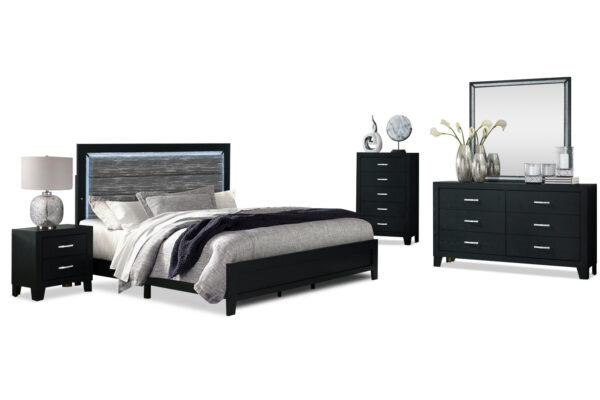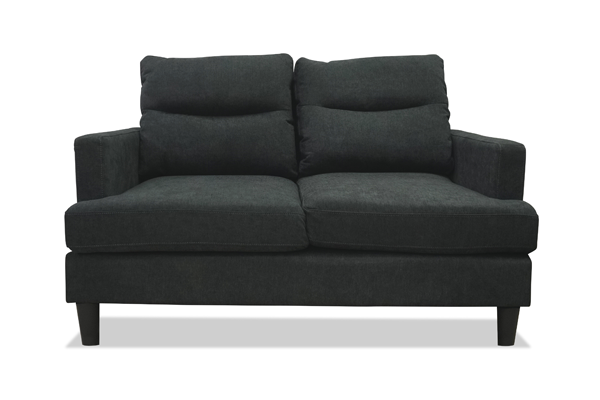Essential Tips for a Stress-Free Furniture Assembly at Home
While new furniture often brings excitement, the assembly process can turn that enthusiasm into a bit of a headache. Many buyers overlook the challenges of putting together furniture until the moment it arrives at their doorstep. This lack of foresight, combined with little to no prior experience, often leads to a frustrating experience filled with complex steps and guesswork. However, with a little preparation, you can tackle at-home furniture assembly without professional help. Here are some essential tips to ensure a stress-free DIY setup experience.
Choose the Appropriate Room
The first step in your furniture setup journey is selecting the appropriate space for assembly. Ideally, you should set up your furniture in the room where it will ultimately reside. This is especially important for larger, bulkier items that can be cumbersome to move after assembly. For instance, if you’re assembling a bed frame, it’s best to do it inside the bedroom. Trying to maneuver a fully assembled bed frame through doorways or tight spaces can be quite a challenge. Hence, starting in the right room can save you from unnecessary hassle.
Prepare Furniture Assembly Workspace

Before your furniture arrives, take a moment to prepare your assembly area. Organizing your workspace can significantly ease the furniture assembly process. Make sure to have a flat, spacious surface where you can comfortably spread out all the parts and hardware. This prevents any pieces from getting lost or confused during assembly. Additionally, laying down a blanket, sheet can provide a clearly defined space where you can keep everything visible. Not only this, a layer of blanket or sheet will also protect your floor from scratches.
Ensure Bright & Focused Lighting
A well-lit workspace is essential for a smooth furniture assembly experience. Adequate lighting not only makes it easier to see the various small parts such as screws, pegs, and washers but it also helps you read the instructions clearly. Assembly manuals often contain detailed illustrations and numbered steps that can be difficult to decipher in dim light. Poor lighting can lead to mistakes and even minor injuries. Whenever possible, try to take advantage of natural daylight. If that’s not an option, use bright overhead lights along with a focused lamp to illuminate intricate areas and hardware.
Read the Instruction Manual Thoroughly

Before you dive into opening packages, take some time to thoroughly read the instruction manual. Familiarizing yourself with the entire manual helps prevent confusion during the assembly process and can save you from potential mishaps. Skipping this crucial furniture assembly step can lead to backtracking or even damaging components. By reading the manual beforehand, you’ll gain a clear understanding of the required steps and any tricky sections that may require extra help. Moreover, reading the manual also helps with the identification of all parts with their names and codes mentioned.
Carefully Unbox Each Package
When it’s time to unbox your furniture packages, proceed with caution. Opening all packages haphazardly can lead to missing or damaged small parts. Instead, start by unpacking larger pieces one at a time, then move on to the smaller components. Additionally, try to handle boxes gently. Keeping the original packaging intact is important in case you need to send items back for a return or replacement. Unbox everything methodically, placing each part on a flat surface without being rough with the boxes.
Double-Check All Provided Parts

Once you’ve unboxed everything, it’s crucial to verify that all parts and hardware are accounted for and in good condition. Cross-reference each component against the parts list in the manual to ensure nothing is missing or damaged. If you spot any discrepancies, reach out to the retailer promptly for a replacement. Continuing the assembly process with missing or incorrect pieces can lead to frustrating delays and structural issues. Having all your components on hand from the start will save you time and prevent unnecessary interruptions during furniture assembly.
Gather Furniture Assembly Tools
Next, turn your attention to the tools required for furniture assembly. Many people mistakenly believe tools are included with their furniture, but often they are not provided due to the expense and limited usage. Basic tools that are typically needed include screwdrivers, hex keys, rubber mallets, hammers, and pliers. In some cases, you may need advanced tools like drills or impact drivers for larger or more complex items. This is why it’s always necessary to refer to the manual for a comprehensive list of required tools, allowing you to gather any special items ahead of time.
Only Use Recommended Tools
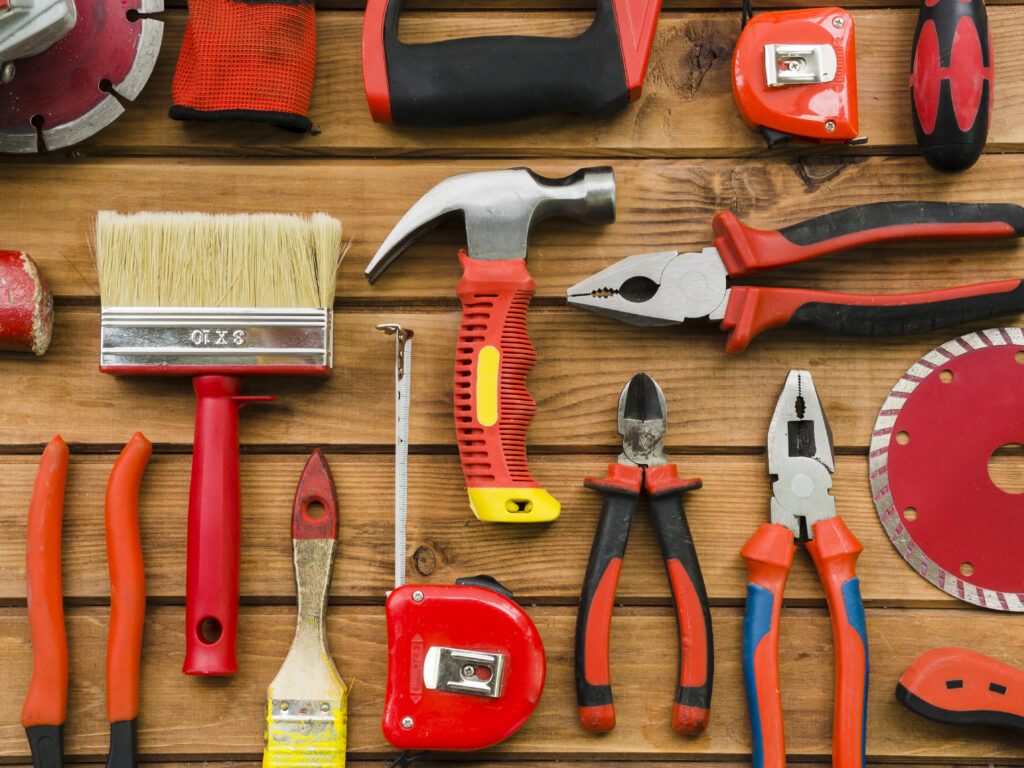
Besides, it’s essential to use only the tools recommended in the assembly instructions. These tools are specifically designed to work with the fasteners provided. If you don’t have the suggested tools, consider borrowing or purchasing them rather than relying on substitutes. Avoid makeshift alternatives, for example, using a knife instead of a screwdriver. This can cause damage to both the furniture and the fasteners. Incorrect tools can also increase the risk of injury and result in stripped screws or unsightly dents. Additionally, keep your tools within reach to maintain an efficient and stress-free DIY furniture assembly experience.
Assemble Furniture in Order
When it comes to furniture assembly, it is crucial to follow the order specified in the instruction manual rather than assembling the pieces in your own preferred sequence. Skipping steps or rearranging the assembly order can complicate the process and miss important connections, leading to errors and instability in the finished product. The sequence outlined in the manual makes sure that each part fits correctly. Following proper steps maintains the structural integrity of the furniture throughout the assembly process.
Check & Secure All Connections
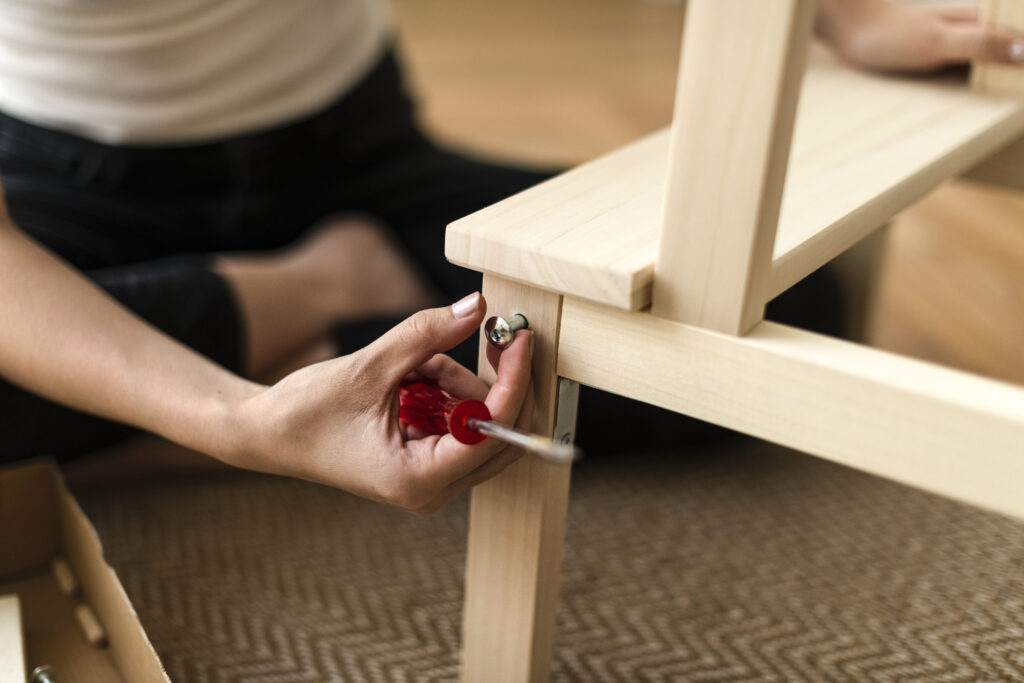
Once you’ve finished assembling the furniture, take the time to confirm that every fastener and joint is tight and secure. Double-check each connection by going over the instruction manual. Listen for any creaks, wiggles, or loose joints while gently applying pressure. If you notice anything, such as a loose bolt or misalignment like gaps, crooked legs, or offset parts, re-tightening or realignment may be necessary. This step is especially crucial for load-bearing items like beds, dining chairs, and shelves, which will likely see regular use.
Test Stability After Furniture Assembly
Testing is key to ensuring your newly assembled furniture is safe and stable. Check if the furniture sits evenly on the floor without rocking or tipping. Gently push it from various angles and apply downward pressure on corners or seating areas. If it tilts or wobbles, it may indicate uneven legs, an unstable surface, or poor weight distribution. Beyond just stability, it is also vital to test the furniture’s capacity to hold its intended weight. Gradually apply pressure or place items on the furniture to see if it can handle everyday use without issue.
Keep Extra Parts Temporarily
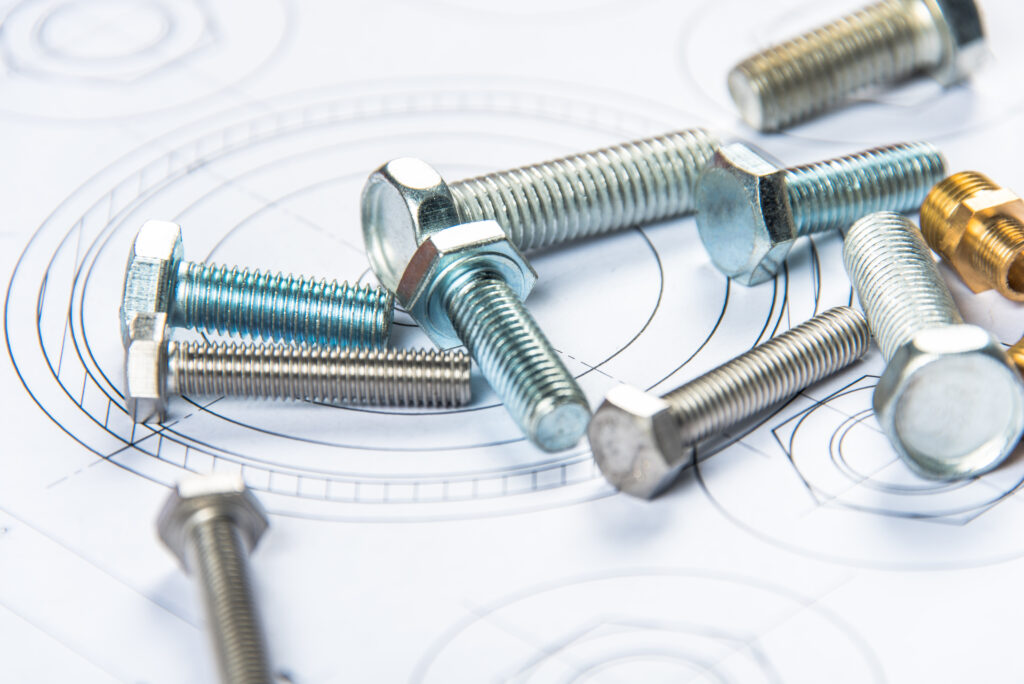
Once you’ve completed the furniture assembly, resist the urge to clean up immediately. Take a moment to set aside any extra parts such as screws, tools, and instruction manuals can be incredibly beneficial in the future for repairs, reassembly, or disassembly. Connections may loosen over time, and having these spare parts on hand will aid in troubleshooting. Additionally, instruction manuals often include disassembly steps, invaluable for maintenance and moving. Consider using Ziploc bags to organize spare parts and manuals, and label them for easy reference. Furthermore, it’s wise to retain packaging materials until you’re certain everything is functioning correctly.



